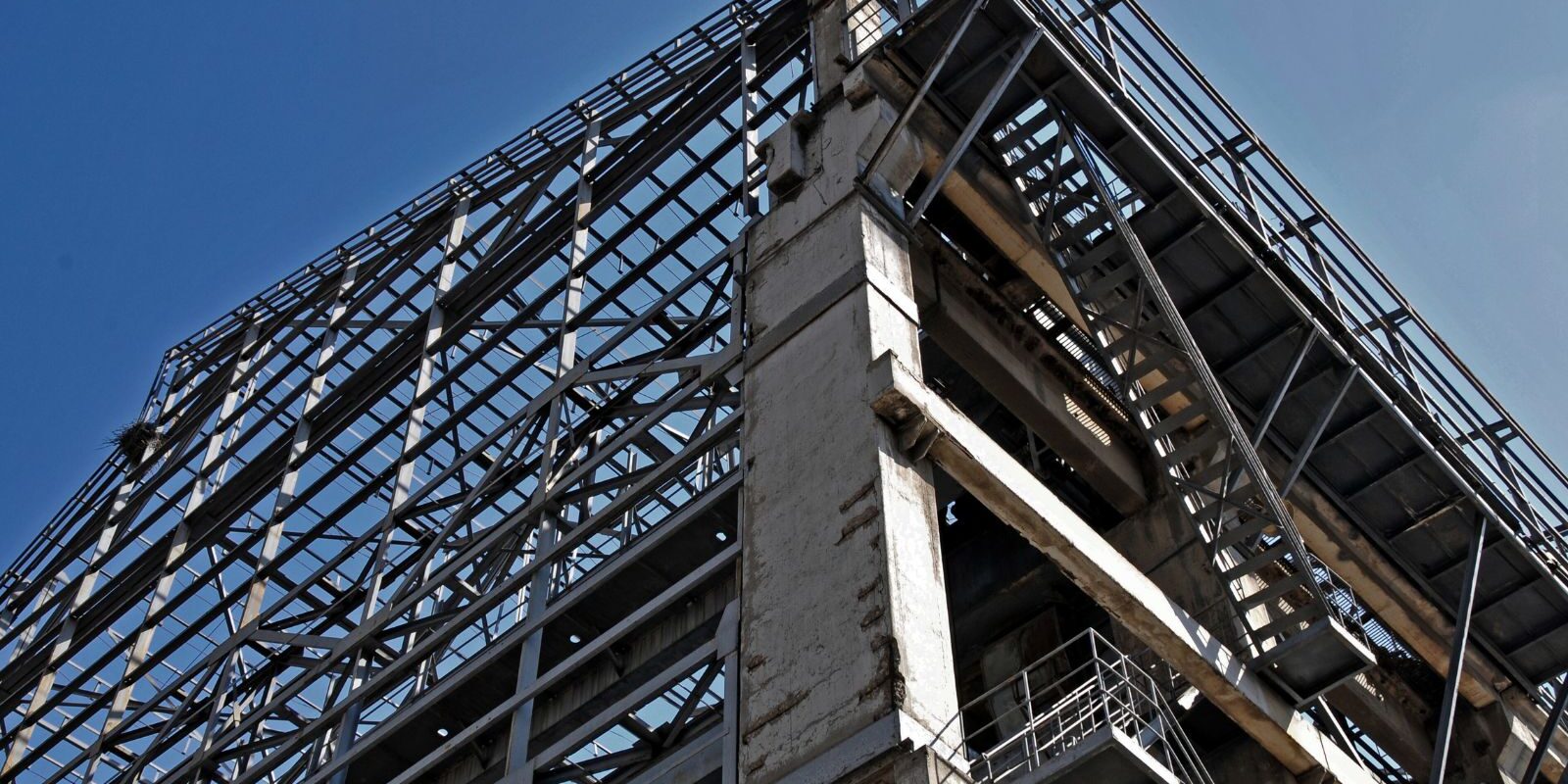Structural integrity is paramount in construction and engineering, ensuring safe and durable projects. Essential components like packers and shims, also known as shim packers, play a crucial role in maintaining this integrity. Although they might seem minor, these elements are vital for ensuring that structures remain stable and precise.
Proper installation of scaffolding is also critical on construction sites. It provides safe access and support for workers, tools, and materials, contributing to overall safety and stability.
Understanding Packers and Shims
Shims are versatile components used to level or support gaps in various building projects. They offer a permanent solution by filling small spaces and ensuring proper alignment. Depending on the application, shims can be made from materials such as plastic or metal.
These components are indispensable for adjusting and stabilising parts in construction, from framing to supporting structural integrity. Shims can be utilised in various ways, including stacking, inserting, or adjusting to fit specific needs. They are essential for maintaining precision and stability across a range of projects.
Installing Packers and Shims
To ensure structural stability, proper installation of packers or shims is essential. Follow this guide to assess, install, and verify their effectiveness for structural support.
Assessment and Planning:
- Inspect the Area: Start by thoroughly examining the structural area where packers and shims will be installed. Assess any gaps, settling, or misalignment to determine the necessary support. This evaluation helps in selecting the correct type and size of shim packers to meet structural requirements.
- Choose the Right Material: Decide on the appropriate material for the packers and shims. Metal shims are ideal for high-load areas, while plastic shims may suffice for lighter loads. Ensure the material is durable and suitable for the load demands.
Preparation and Installation:
- Clean and Prepare Surfaces: Ensure that both the surfaces where packers and shims will be placed, and the packers themselves, are clean. Dirt or debris can affect the fit and effectiveness. Use a brush or cloth to clean these areas thoroughly.
- Position and Fit: Place the shim packers into the gaps or spaces, ensuring they fit snugly without force. Adjust them as needed by gently tapping with a mallet to achieve a secure fit. Proper positioning is key for even load distribution and maintaining structural integrity.
Securing and Final Inspection:
- Secure the Packers/Shims: Depending on the type, secure the packers and shims with adhesive, screws, or other fasteners. This helps stabilise them and prevents movement that could compromise the structure. Ensure the fasteners are appropriate for both the material and load requirements.
- Verify and Document: After installation, inspect the area to ensure the packers and shims provide the necessary support and stability. Document the installation process, including the materials used and any adjustments made, for future reference and to facilitate subsequent inspections or repairs.
Choosing the right Shim for your project
Selecting the right packers and shims is essential for maintaining structural integrity and achieving precise alignment in your project. To make an informed choice, consider the following key factors:
- Size: Ensure that shim packers fit snugly within the joint, precisely matching the depth of the space. The thickness of the packers and shims should be adequate to avoid interference with sealants or finish materials.
- Shape: Choose rectangular shim packers for spaces that will be filled with cement or sealant. For applications involving bolts, horseshoe or U-shaped shims are ideal for lightweight needs.
- Compressive Strength: Select plastic shims based on their load-bearing capacity. Australian-made plastic shims can support up to 20 tons, while horseshoe-shaped packers are suitable for lighter loads.
- Material: Plastic shims are often preferred for their consistent thickness, strength, and resistance to moisture and microbes. They provide greater durability compared to metal shims, which can rust over time.
- Durability: Plastic shims offer long-lasting performance and resist rot and decay, ensuring continued structural integrity over time.
- Ease of Use: Many plastic shims are colour-coded by thickness for quick identification and are stackable, simplifying the installation and inspection process.
Properly installing packers and shims is essential for maintaining structural integrity. These small components ensure stability and alignment in construction projects. You can enhance your project’s durability by carefully assessing the area, selecting the right materials, and following best practices. For expert advice on choosing the right shim packers, contact PP Shim today.
Ordering our products is simple

1. Get in touch
Let us know what product you need.

2. A quote is given
We’ll provide you with a price for your products.

3. Delivery
We can ship your products directly to you, or you can pick it up from our head office.





